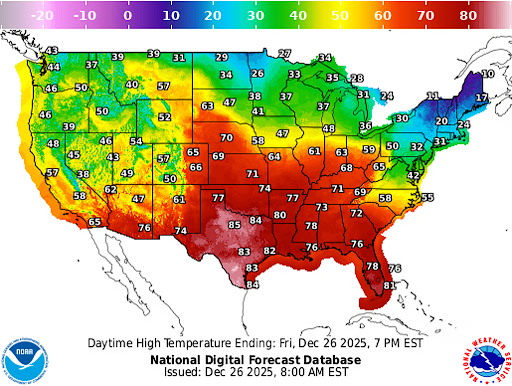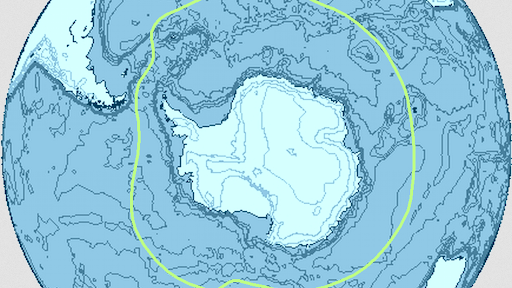Description
Copyright infringement not intended
P.C: Wikipedia
Context
An avalanche damaged the Bailey bridge across the Gaokha River, causing serious accessibility concerns for Milam village residents.
About Bailey Bridge
- The Bailey Bridge, located around 8 kilometers from Milam village, connects the village to many security stations along the China border.
- Milam hamlet, with a population of approximately 400 people, is the last inhabited settlement in the Johar Valley, near the India-China border.
- During these seasonal movements, communities have only one access corridor: the 65-kilometer-long Munsyari-Milam road.
- About the Bailey Bridge:
- A Bailey bridge is a sort of modular bridge with pre-built parts that may be assembled rapidly when needed.
- Donald Coleman Bailey, an English construction engineer, is credited with creating it during WWII.
- Their main characteristics include modular design, ease of transport, great load-bearing capability, and flexibility to different terrains.
Source: TOI
|
Practice Question:
Q. Consider the following statements regarding Bailey Bridge:
- It is a type of modular bridge with pre-built parts that can be assembled quickly with minimal construction work.
- It was invented by an American civil engineer during World War I.
- It is primarily designed for permanent use in urban areas due to its high load-bearing capacity.
Which of the statements given above is/are correct? (a) 1 only (b) 1 and 2 only (c) 2 and 3 only (d) 1, 2 and 3
Answer: (a) 1 only
Explanation:
- Statement 1 is correct: Bailey bridges are indeed modular, prefabricated bridges designed for rapid assembly without the need for heavy equipment or extensive construction. This makes them ideal for emergency situations and difficult terrains.
- Statement 2 is incorrect: The Bailey bridge was invented by Donald Coleman Bailey, an English civil engineer, during World War II (around 1941), not World War I, and he was British, not American.
- Statement 3 is incorrect: While Bailey bridges have high load-bearing capacity (even for tanks), they are primarily designed for temporary and rapid deployment, often in military or disaster relief scenarios, rather than permanent urban infrastructure.
|









